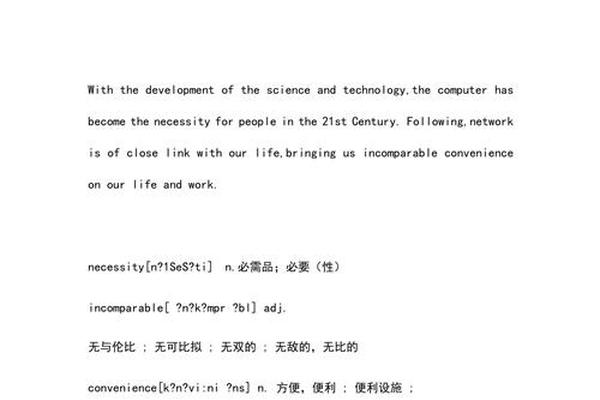外来移民的利弊英语作文
The Advantages and Disadvantages of Immigration
Immigration, a phenomenon intensified by globalization, has profound impacts on both individuals and societies. While it fosters cultural exchange and economic growth, it also poses challenges that require careful consideration. Below is an analysis of the pros and cons of immigration, supported by multifaceted perspectives.
Advantages of Immigration

1. Economic Contributions
Immigrants often fill labor shortages in host countries, particularly in industries like agriculture, construction, and healthcare, where local workers may be scarce. For example, skilled migrants bring expertise in fields such as technology and medicine, directly boosting productivity and innovation. Studies indicate that immigrants contribute more in taxes than they receive in social benefits, alleviating financial burdens on public systems.
2. Cultural Diversity and Social Enrichment
Immigration introduces diverse traditions, languages, and perspectives, fostering tolerance and global awareness. This cultural amalgamation can lead to creative solutions in education, business, and community development.
3. Demographic Balance
In aging societies, young immigrants help sustain pension systems and healthcare services by replenishing the workforce. For instance, countries like Japan and Germany rely on immigrant labor to counteract declining birthrates.
4. Benefits to Countries of Origin
Remittances sent by migrants to their home countries often exceed foreign aid, supporting local economies. Additionally, returning migrants bring back skills and investments, promoting development.
Disadvantages of Immigration
1. Social Integration Challenges
Cultural and language barriers may lead to segregation or discrimination. Immigrants might face xenophobia or unequal treatment, hindering their ability to integrate.

2. Economic Strain
An influx of low-skilled workers can depress wages in certain sectors, exacerbating income inequality. Critics argue that immigrants might “take jobs” from locals, though research shows this impact is often minimal.
3. Pressure on Public Resources
Overpopulation in urban areas strains housing, healthcare, and education systems. For example, cities like London and New York face rising demands for public services due to immigration.
4. Brain Drain in Developing Nations
Skilled workers leaving their home countries can cripple critical sectors like healthcare. African nations, for instance, lose many doctors and nurses to wealthier countries.
Balancing the Scales: Solutions and Perspectives
While challenges exist, proactive policies can mitigate negatives. Governments should implement fair labor laws to prevent wage exploitation and invest in language and vocational training for immigrants. Public campaigns promoting multiculturalism can reduce prejudice, as seen in Canada’s inclusive policies.
From a personal standpoint, the benefits of immigration—economic vitality, cultural richness, and demographic stability—outweigh its drawbacks. As the proverb goes, “Diversity is our strength.” By addressing inequalities and fostering mutual respect, societies can harness immigration’s full potential.
Conclusion
Immigration is a double-edged sword, but its advantages are transformative when managed wisely. A balanced approach, combining pragmatic policies and societal empathy, ensures that both host and origin countries thrive in an interconnected world.
References:
版权说明:
1.版权归本网站或原作者所有;
2.未经本网或原作者允许不得转载本文内容,否则将视为侵权;
3.转载或者引用本文内容请注明来源及原作者;
4.对于不遵守此声明或者其他违法使用本文内容者,本人依法保留追究权等。



